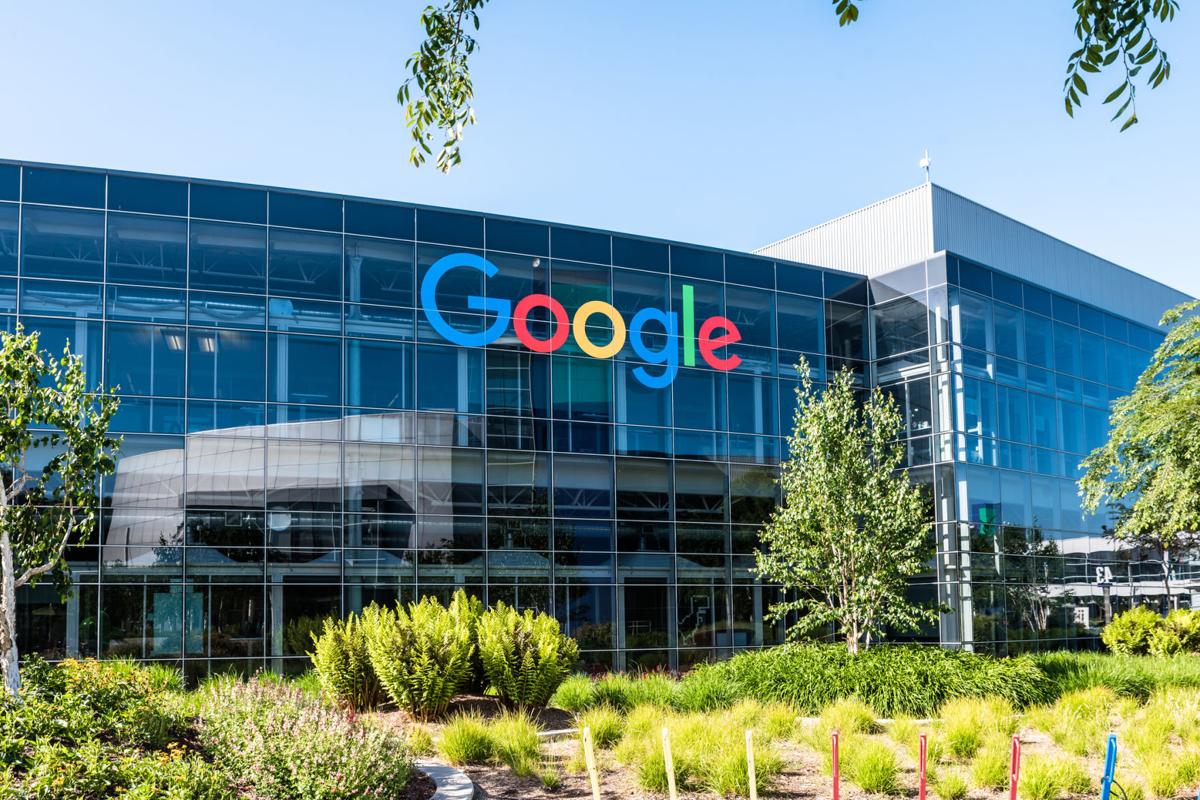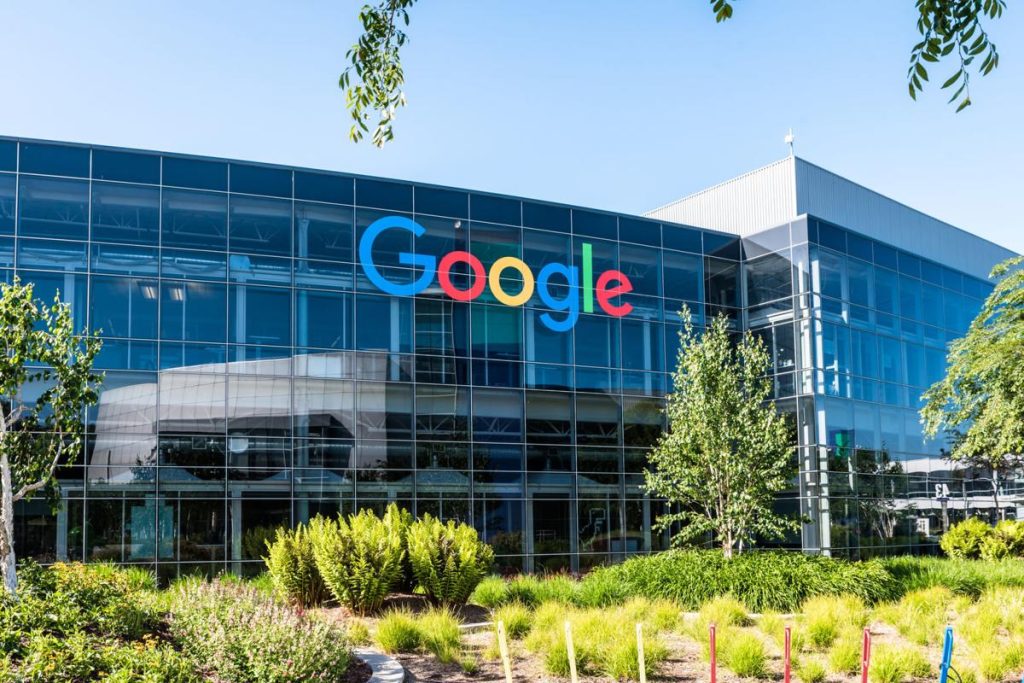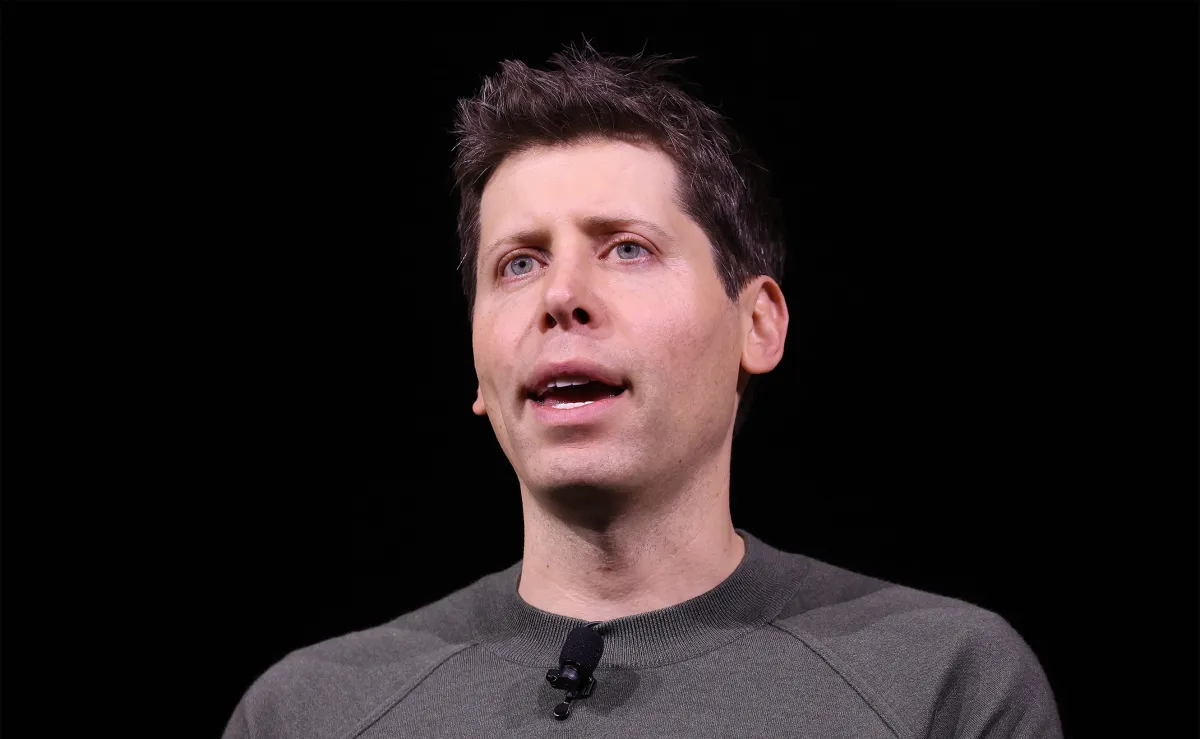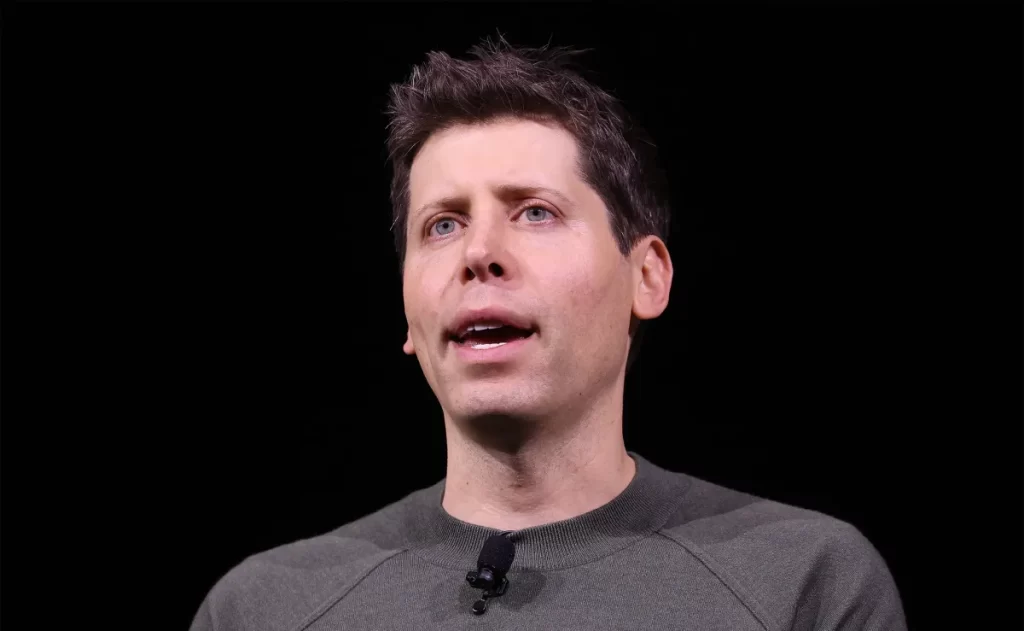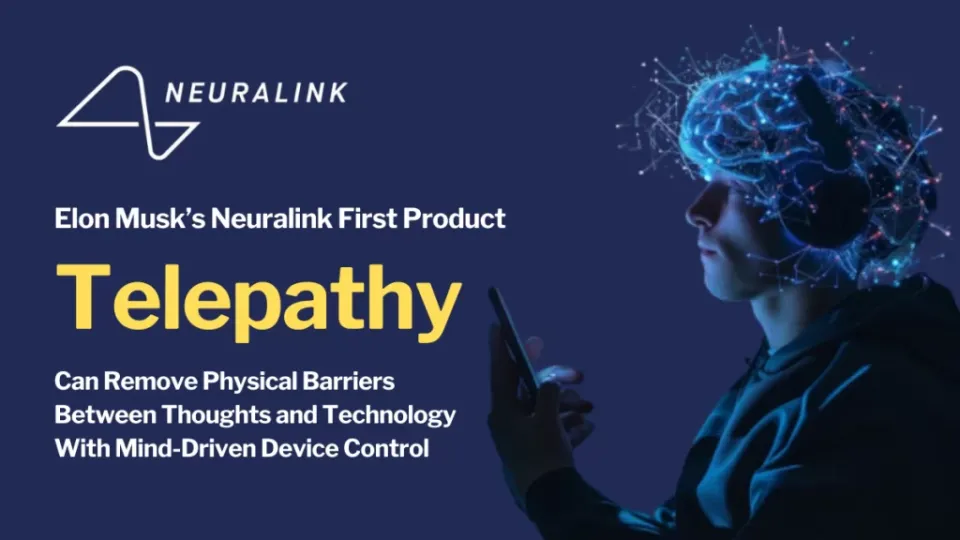
Elon Musk boldly declared at the 2024 Congress of Neurological Surgeons (CNS 2024) that Neuralink has the potential to solve the majority of diseases or brain issues. He likened the brain to a circuit board with shorts or missing connections that can be repaired.
Echoing his real-life “Iron Man” persona, Musk aims to bring blessings to the disabled, prioritizing this mission. Neuralink’s main goal is to establish a brain-computer interface by implanting chips and electrodes into the human brain, enabling direct control of external devices through brain bioelectrical signals for patients with visual or motor impairments.
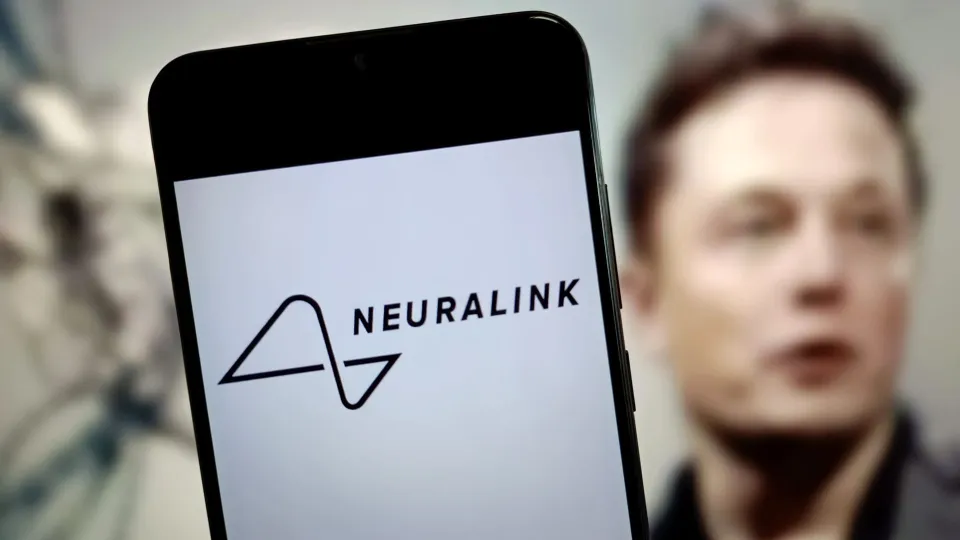
This technology allows machines to read electromagnetic signals from neural activity to capture the brain’s intentions, controlling external devices like phones, computers, and robotic arms. Conversely, machines can input information into the brain by electrically stimulating specific neuron clusters, converting images and sounds into neural signals for visual and auditory experiences.
Neuralink’s first product, named “Telepathy,” enables users to control their phones or computers with their minds, and subsequently, almost any other device. In January 2024, Neuralink conducted its first human trial with Noland Arbaugh, a quadriplegic since a 2016 diving accident. After implantation with the “N1” device, Arbaugh recovered well and could perform daily activities like watching videos, reading, and playing video games using the interface. However, issues arose with wire retraction, prompting Neuralink engineers to improve the device’s performance by enhancing the bits per second through algorithm modifications.
The second participant, Alex, a former automotive technician also paralyzed due to spinal cord injury, received the “Link” implant. Neuralink optimized the surgical process to avoid wire retraction issues seen in Arbaugh. Impressively, Alex learned to move a cursor with his mind within five minutes of connecting the interface to a computer. Alex now uses the interface to operate CAD software, design a 3D-printed charging stand for his implant, and play FPS games like “CS2.”
Neuralink is expanding control options for digital devices, including decoding multiple clicks and simultaneous movements for full mouse and video game controller functionality. They are also developing algorithms to recognize handwriting intentions for faster text input by disabled individuals. Future plans include enabling Link to interact with the physical world, allowing users to independently eat and move using robotic arms or wheelchairs.
Neuralink’s next-generation product, “Blindsight,” aims to restore vision to those who have lost their eyes and optic nerves, even potentially allowing congenitally blind individuals to see the world for the first time. Indian industrialist Anand Mahindra remarked that if the device meets expectations, it would be Musk’s “most enduring gift to humanity, far surpassing Tesla or SpaceX.”
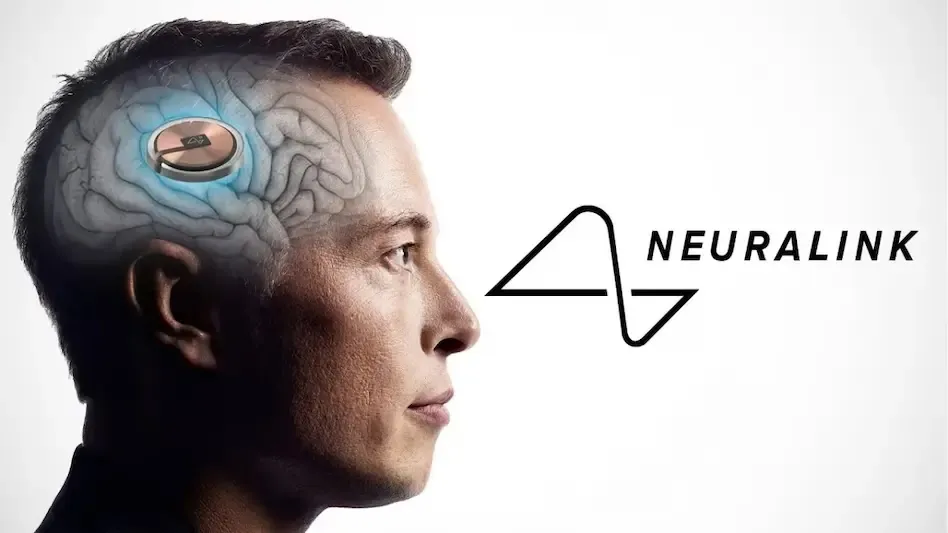
Musk also announced the “600-Second Circuit” plan, akin to laser eye surgery, which takes only 10 minutes to complete. He is confident in Neuralink’s future low-cost mass production, aiming for a price range of 5,000to10,000 initially, potentially dropping to smartphone-like prices of 1,000to2,000 with further production. After all, Musk is the “Iron Man” who specializes in turning the impossible into the eventual.
